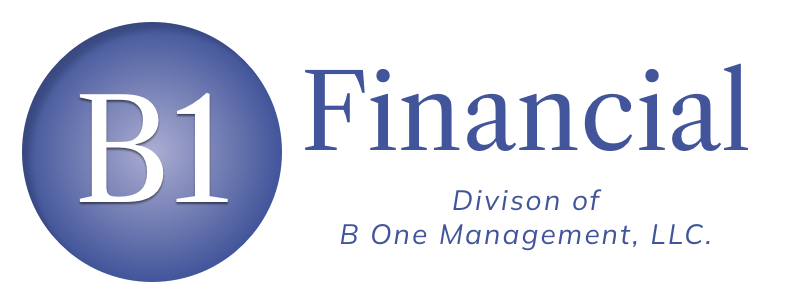April marks Financial Literacy Month, a time dedicated to increasing our understanding of essential financial concepts. Grasping these terms not only empowers us but also sets the foundation for smarter money decisions and financial security. This blog will explore six crucial financial terms across three key categories: savings, credit, and lending.
Savings Terms
Compound Interest
Compound interest is the process where the interest you earn on your savings also earns interest. Imagine depositing $1,000 with an annual interest rate of 5%. In the first year, you'll earn $50 in interest, making your balance $1,050. If you leave it untouched, in the next year, you'll earn interest on $1,050, not just the initial $1,000. Over time, this accelerates the growth of your savings.
Pay Yourself First (PYF)
This is a budgeting strategy where you prioritize saving before spending on other expenses. By setting aside a portion of your income for savings as soon as you receive it, you ensure that you are consistently building your financial security, making future goals more attainable.
Credit Terms
Annual Percentage Rate (APR)
APR is a crucial term in understanding credit. It represents the yearly cost of borrowing money, expressed as a percentage. Knowing the APR allows you to compare different loan or credit card offers accurately to determine the most cost-effective option over time.
Annual Fee
This is a one-time fee charged by credit card companies for the use of their card. Sometimes, it's worthwhile paying an annual fee for a card that offers rewards or premium perks. However, always evaluate if the benefits outweigh the cost.
Lending Terms
Collateral
Collateral is an asset used to secure a loan, such as a home (in the case of a mortgage) or a car. If a borrower defaults on their payments, the lender can seize the collateral to recoup their losses, highlighting the risk involved in secured lending.
Equity
In the context of homeownership, equity is the portion of your property that you truly 'own.' It grows as you pay down your mortgage or if the property value increases. Equity can be used to access home equity loans, offering financial flexibility without needing to sell the asset.
Learning these key terms is a significant step toward financial independence and making informed decisions. Remember, understanding finance can dramatically impact your capability to manage your personal economy effectively over time.

